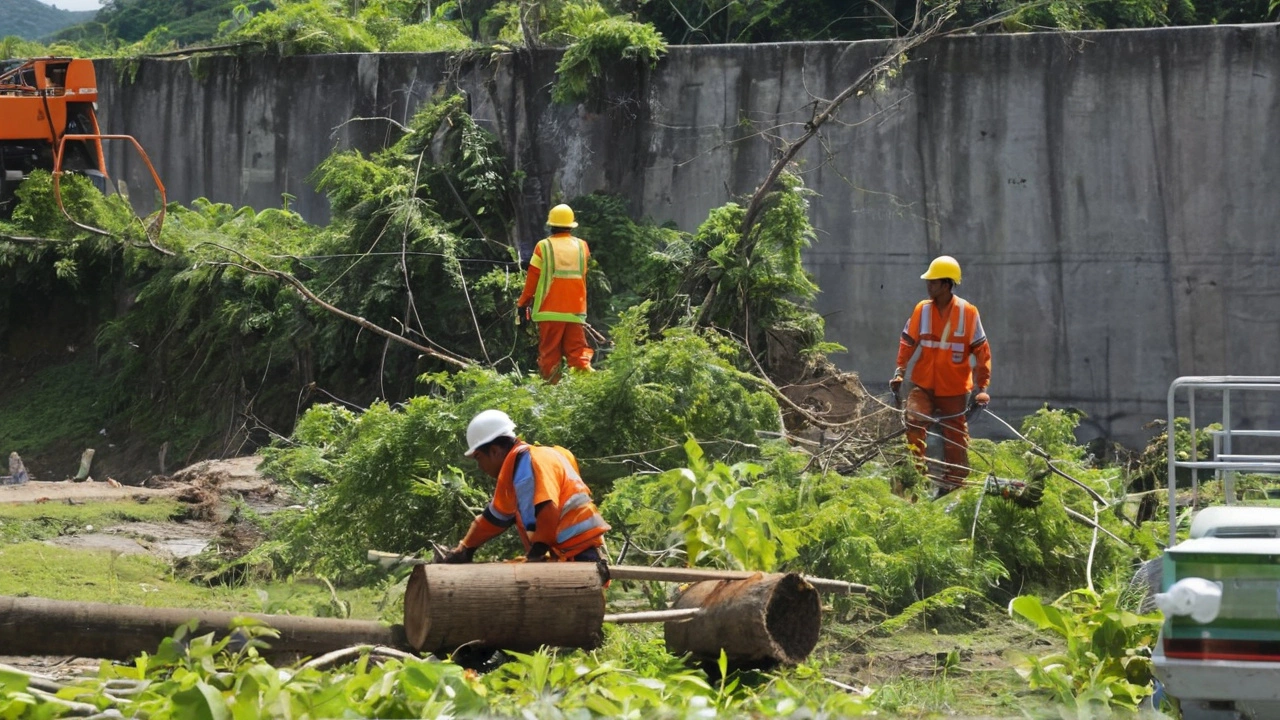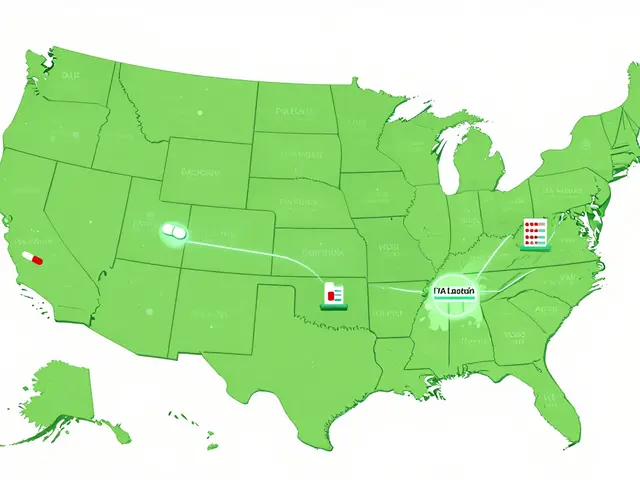
Controversy Erupts Over Tree Cutting for Samal-Davao Bridge Project
The Department of Public Works and Highways (DPWH) has come under significant scrutiny for its recent actions regarding the Samal-Davao Bridge Project. In a move that has triggered a wave of criticism from local communities and environmental advocates, the DPWH cut down approximately 200 trees without obtaining a necessary permit. This uproarcentred around the absence of a tree-cutting permit from the Department of Environment and Natural Resources (DENR), raising questions about regulatory adherence and environmental stewardship.
The primary objective of the Samal-Davao Bridge Project is to create a direct link between Samal Island and mainland Davao. This ambitious endeavor is projected to enhance connectivity, making travel more convenient while potentially unleashing a plethora of economic opportunities. The proposition of a bridge has long been viewed as a catalyst for regional development, promising to transform the local economy through improved access and mobility. However, the route to this envisioned prosperity appears fraught with challenges, shedding light on a vexing conflict: the pursuit of infrastructure expansion versus the imperative of environmental conservation.
The Environmental Cost
The felling of roughly 200 trees to clear space for the development has sparked widespread consternation. Environmentalists and local residents have voiced their concerns, emphasizing the critical role that these trees play in the ecosystem. Trees act as natural carbon sinks, aid in soil stabilization, provide habitat for diverse species, and contribute to overall environmental health. The sudden and unpermitted removal of such a significant number of trees, therefore, poses potential long-term ecological repercussions.
Adding fuel to the fire, the ongoing deforestation came to a halt only after the DENR intervened, issuing a stoppage order to cease further tree-cutting activities. This regulatory action underscores a significant lapse in protocol by the DPWH, highlighting the importance of environmental compliance, especially for large-scale infrastructure projects that inherently impact the natural landscape.
Divergent Perspectives
In defense of the contentious move, DPWH officials maintain that the bridge project is indispensable for the region's economic growth. They argue that the infrastructure will lead to increased commerce, tourism, and improved quality of life for residents on both sides of the bridge. The economic narrative presented by the DPWH points to the prospective upliftment in regional market access, job creation, and an anticipated boost in the local economy resulting from improved transport logistics.
Nonetheless, the economic argument does little to placate environmental advocates and concerned residents. The core of the disapproval centers on the perceived negligence in addressing the environmental assessments and securing the requisite permits before commencing the tree-cutting process. Critics argue that these procedural oversights not only jeopardize environmental integrity but also undermine public trust in government transparency and accountability.
Striking a Balance
The Samal-Davao Bridge Project has inadvertently become a microcosm of the broader debate over development and environmental sustainability. Striking a balance between the urgent need for improved infrastructure and the imperative to conserve natural ecosystems remains a complex challenge. The conflict witnessed in this instance is reflective of similar dilemmas faced by developing regions globally. Ensuring sustainable development entails integrating comprehensive environmental risk assessments into project planning from the outset, engaging with local communities, and fostering dialogues that bridge the gap between economic and environmental priorities.
A holistic approach to infrastructural development that actively considers environmental impacts is essential. It involves designing strategies that minimize ecological footprints, adopting greener technologies, and implementing compensatory measures such as reforestation and habitat restoration. The participation of local residents and environmental groups in the planning process can provide valuable insights and foster a collaborative spirit, thereby promoting projects that are both economically viable and environmentally sustainable.
Future Implications
The situation with the Samal-Davao Bridge Project is likely to have far-reaching implications on how future infrastructure projects are approached. The need for stringent regulatory oversight, transparent procedural adherence, and proactive environmental stewardship has never been clearer. The incident serves as a poignant reminder to policymakers, developers, and the public of the critical importance of aligning developmental goals with sustainable practices.
In conclusion, the controversy surrounding the Samal-Davao Bridge Project encapsulates a pivotal moment for the region. The decisions made today will shape the path forward, influencing not only the environmental landscape but also the socio-economic fabric of the community. As this controversy unfolds, it is evident that the intricate balance of progress and preservation demands careful consideration, judicious action, and unwavering commitment to the principles of sustainable development.
The tension between the DPWH's aspirations for infrastructure and the environmental concerns raised by the public highlights the ongoing struggle to harmonize growth with conservation. Balancing these competing interests is not only a regional challenge but a global one, reflecting the broader imperatives of our time as we strive towards a more sustainable and prosperous future.




Ezequiel adrian
August 1, 2024 AT 01:00mohit passi
August 2, 2024 AT 17:43Rachel Whip
August 3, 2024 AT 04:23Joe bailey
August 4, 2024 AT 05:37Ali Miller
August 5, 2024 AT 23:42Brittany Medley
August 6, 2024 AT 07:46Asia Roveda
August 8, 2024 AT 05:18Kaushik Das
August 9, 2024 AT 13:18Stephen Adeyanju
August 10, 2024 AT 17:19BERNARD MOHR
August 11, 2024 AT 02:09Cynthia Springer
August 11, 2024 AT 21:19Deborah Williams
August 12, 2024 AT 14:08Marissa Coratti
August 12, 2024 AT 18:27Aaron Whong
August 14, 2024 AT 04:47Amanda Wong
August 14, 2024 AT 14:52james thomas
August 15, 2024 AT 11:21Micaela Yarman
August 15, 2024 AT 18:03JAY OKE
August 15, 2024 AT 23:46BERNARD MOHR
August 16, 2024 AT 05:34